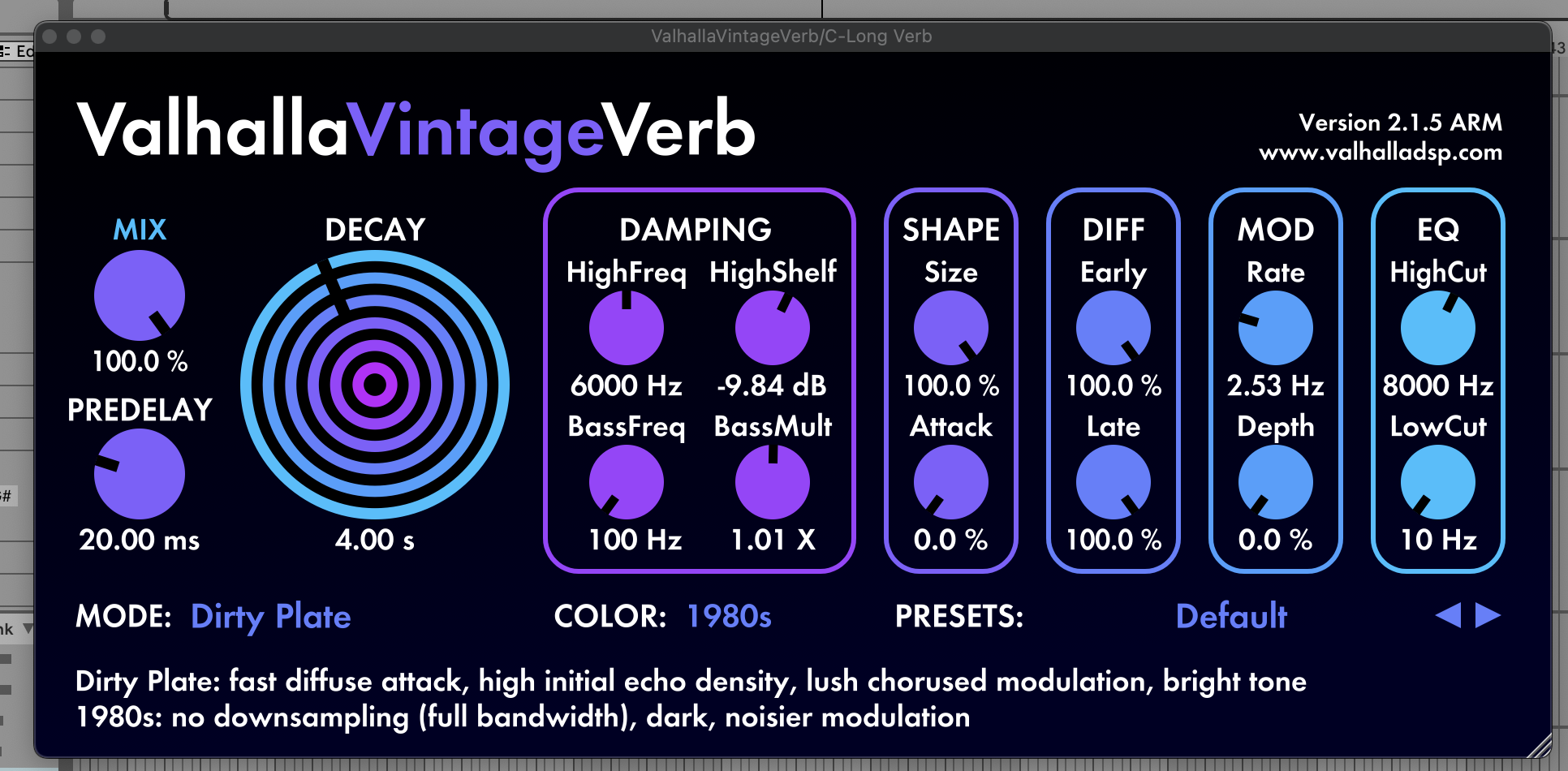Understanding Delay and Reverb: Essential Tools for Music Producers
As a music producer, mastering the art of using delay and reverb is crucial to crafting the sound and atmosphere of your tracks. These two effects, while often used interchangeably, serve distinct purposes and can dramatically enhance your music when applied appropriately. In this blog post, we’ll dive into what delay and reverb are, their differences, and when to use each to elevate your productions.
What is Delay?
Delay is an audio effect that records an input signal to an audio storage medium and then plays it back after a period of time. The delayed signal may be played back multiple times, or fed back into the recording again to create the effect of an echo. The time between each repetition, the number of repeats, and the volume of those repeats are all parameters that can be adjusted to achieve various effects.
Applications of Delay
Thickening Sounds: Short delay times (30-50ms) without any feedback can make sounds fuller or give them a double-tracked effect.
Echo Effects: Longer delay times (100ms and above) with multiple feedback repetitions can create echo effects that give a sense of space and depth.
Rhythmic Patterns: Syncing the delay time to the tempo of the track can create rhythmic patterns or textures that enhance the groove.
What is Reverb?
Reverb, or reverberation, simulates the natural reflections of sound off surfaces in an environment. When a sound is made in a room, it bounces off walls and objects, creating a complex pattern of echoes that reach the listener’s ears slightly after the direct sound. Reverb effects replicate this phenomenon, allowing producers to place sounds in virtual spaces, from small rooms to vast halls.
Applications of Reverb
Creating Space: Reverb can make a sound appear closer or further away depending on the size of the simulated space and the mix level.
Adding Atmosphere: Different reverb types (plate, hall, room, spring) can impart a specific character or mood to the sound, contributing to the overall atmosphere of the track.
Gluing the Mix: A touch of reverb on multiple elements can help them sit better together in the mix by placing them in the same virtual space.
When to Use Delay and Reverb
Delay for Creative Echoes and Texture
Use delay when you want to add rhythmic complexity, texture, or an echo effect to your sounds. It works great on lead vocals, guitars, and synths to either thicken them up or create ambient landscapes. Delay can also be used creatively in sound design to generate new sounds from existing ones.
Reverb for Spatial Depth and Atmosphere
Reverb should be your go-to when aiming to create a sense of space or atmosphere in your tracks. It’s ideal for vocals, drums, and any instrument that needs to sit well in the mix. Reverb can also be used to tie different elements together, making your mix sound cohesive.
Balancing Delay and Reverb
While both effects can significantly enhance your music, it’s essential to use them judiciously. Overusing either can lead to a muddy mix where elements struggle to stand out. Here are a few tips for balancing delay and reverb in your productions:
EQ Your Effects: Apply EQ to delay and reverb returns to prevent frequency buildup, especially in the low end.
Use Sends: Instead of inserting effects directly on tracks, use send/return channels for more flexible control over the effect levels.
Experiment with Pre-Delay: Adjusting the pre-delay on reverb can help separate the direct sound from the effect, improving clarity.
In conclusion, delay and reverb are powerful tools in a music producer's arsenal. Understanding their characteristics and applications allows you to manipulate the spatial and temporal aspects of your music creatively. Experiment with both effects to discover how they can best serve your artistic vision and enhance your productions.






